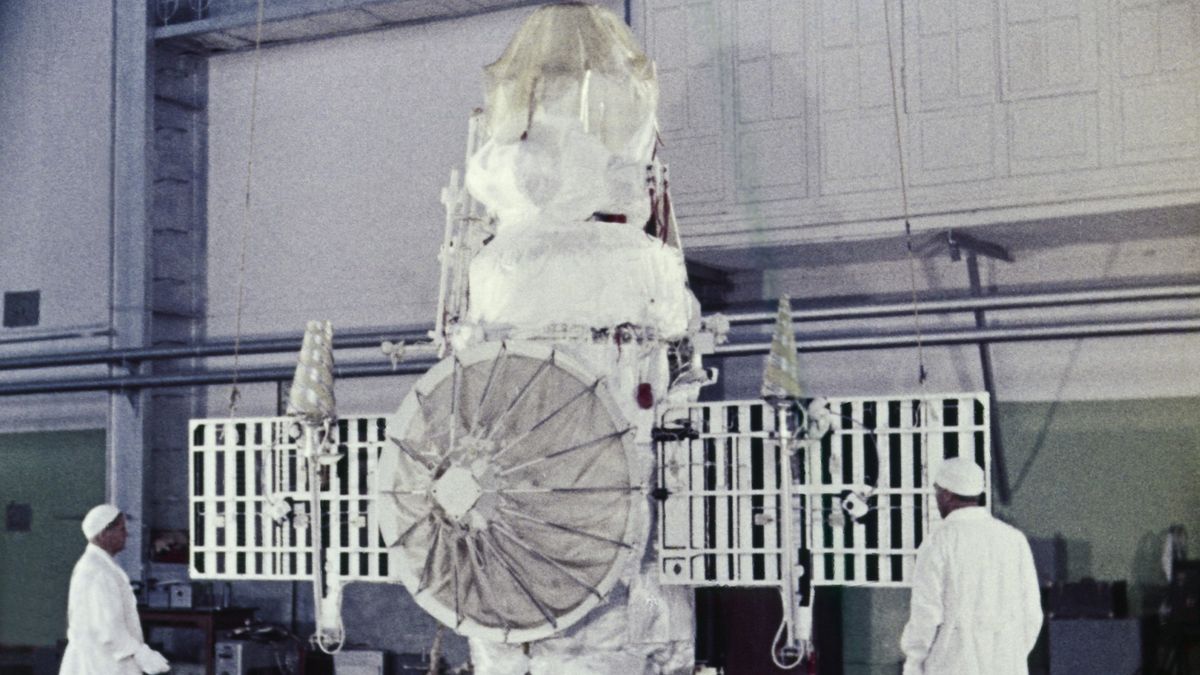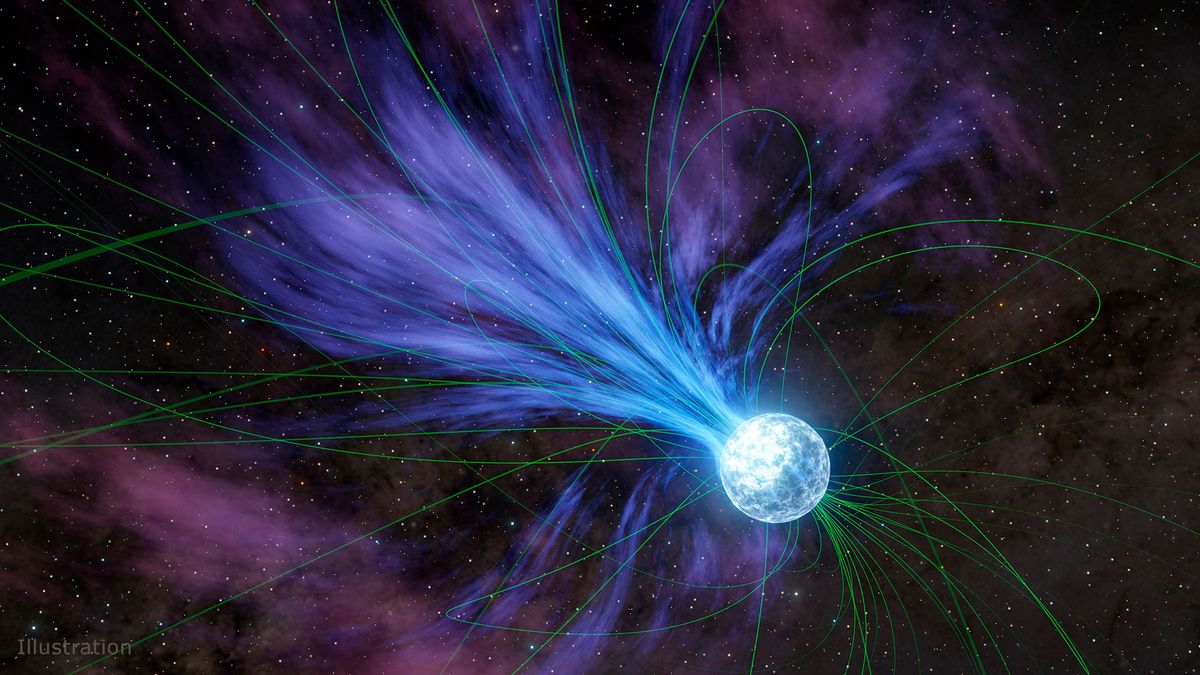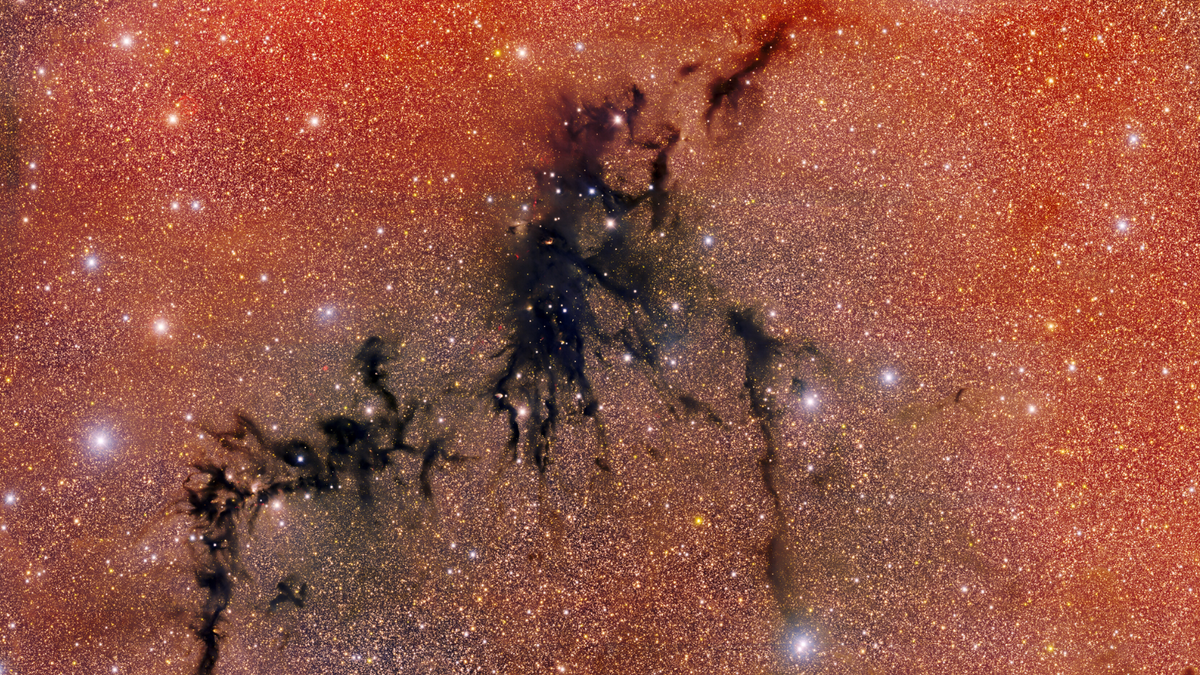The first bits of data have come back from the trio of small satellites that make up NASA's EZIE (Electrojet Zeeman Imaging Explorer) mission, which aims to solve some mysteries surrounding the "auroral electrojet" phenomena in our atmosphere.
The "first light" observations are promising, and NASA says the EZIE satellites are "poised to reveal crucial details about Earth's auroral electrojets."
After launching March 14 from California's Vandenberg Space Force Base on SpaceX's Transporter 13 rideshare mission, EZIE's three suitcase-sized cubesats now orbit a few hundred miles above Earth in a string-of-pearls configuration.
"The EZIE team is very excited about these first-light results," Sam Yee of the Johns Hopkins Applied Physics Laboratory, the mission's principal investigator, said in a statement. "The observations demonstrate that both the spacecraft and the MEM instrument onboard are working as expected."
MEM, short for Microwave Electrojet Magnetogram, measures a phenomenon called Zeeman splitting. This method will give NASA researchers insight into the structure and evolution of the electrojets system, which has never been available to scientists before.
Auroral electrojets are intense currents created by the massive energy transferred by the solar wind when it hits Earth's upper atmosphere. The electrojets push about 1 million amps of electrical charge around Earth's magnetic poles every second.
While they flow some 65 miles (100 kilometers) above the ground, auroral electrojets are responsible for some of Earth's largest magnetic disturbances. They can also impact the safety of astronauts and cause satellite interference.
Understanding these electrojets has been a priority at NASA for a while, and the EZIE mission marks the first time scientists will have the chance to map them up close. The mission is funded by the Heliophysics Division at NASA Headquarters in Washington and is managed out of Goddard Space Flight Center in Greenbelt, Maryland.
Next, the team will run final checkouts and calibrations for the three EZIE cubesats. If everything goes well, NASA says the mission will start formal science investigations in a month.









 English (US) ·
English (US) ·